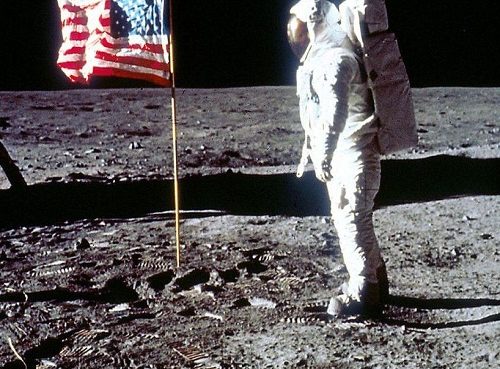Garbage is a global problem that each of us contributes to. Since the 1970s, we’ve all been told we can help fix that problem by assiduously recycling bottles and cans, boxes and newspapers.
So far, though, we haven’t been up to the task. Only 16 percent of the 2.1 billion tonnes of solid waste that the world produces every year gets recycled. The U.S. Environmental Protection Agency estimates that the United States recycled only about 32 percent of its garbage in 2018, putting the country in the middle of the pack worldwide. Germany, on the high end, captures about 65 percent, while Chile and Turkey barely do anything, recycling a mere 1 percent of their trash, according to a 2015 report by the Organization for Economic Cooperation and Development (OECD).
Here in the United States, of the 32 percent of the trash that we try to recycle, about 80 to 95 percent actually gets recycled, as Jason Calaiaro of AMP Robotics points out in “AI Takes a Dumpster Dive.” The technology that Calaiaro’s company is developing could move us closer to 100 percent. But it would have no effect on the two-thirds of the waste stream that never makes it to recyclers.
Certainly, the marginal gains realized by AI and robotics will help the bottom lines of recycling companies, making it profitable for them to recover more useful materials from waste. But to make a bigger difference, we need to address the problem at the beginning of the process: Manufacturers and packaging companies must shift to more sustainable designs that use less material or more recyclable ones.
That’s still just a drop in the polyethylene terephthalate bucket: The world produced an estimated 583 billion PET bottles last year, according to Statista. To truly address our global garbage problem, our consumption patterns must change–canteens instead of single-use plastic bottles, compostable paper boxes instead of plastic clamshell containers, reusable shopping bags instead of “disposable” plastic ones. And engineers involved in product design need to develop packaging free of PET, polystyrene, and polycarbonate, which break down into tiny particles called microplastics that researchers are now finding in human blood and feces.
As much as we may hope that AI can solve our problems for us, that’s wishful thinking. Human ingenuity got us into this mess and humans will have to regulate, legislate, and otherwise incentivize the private sector to get us out of it.
Source: Spectrum










